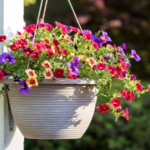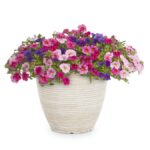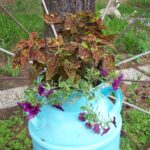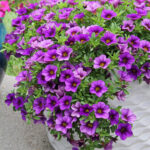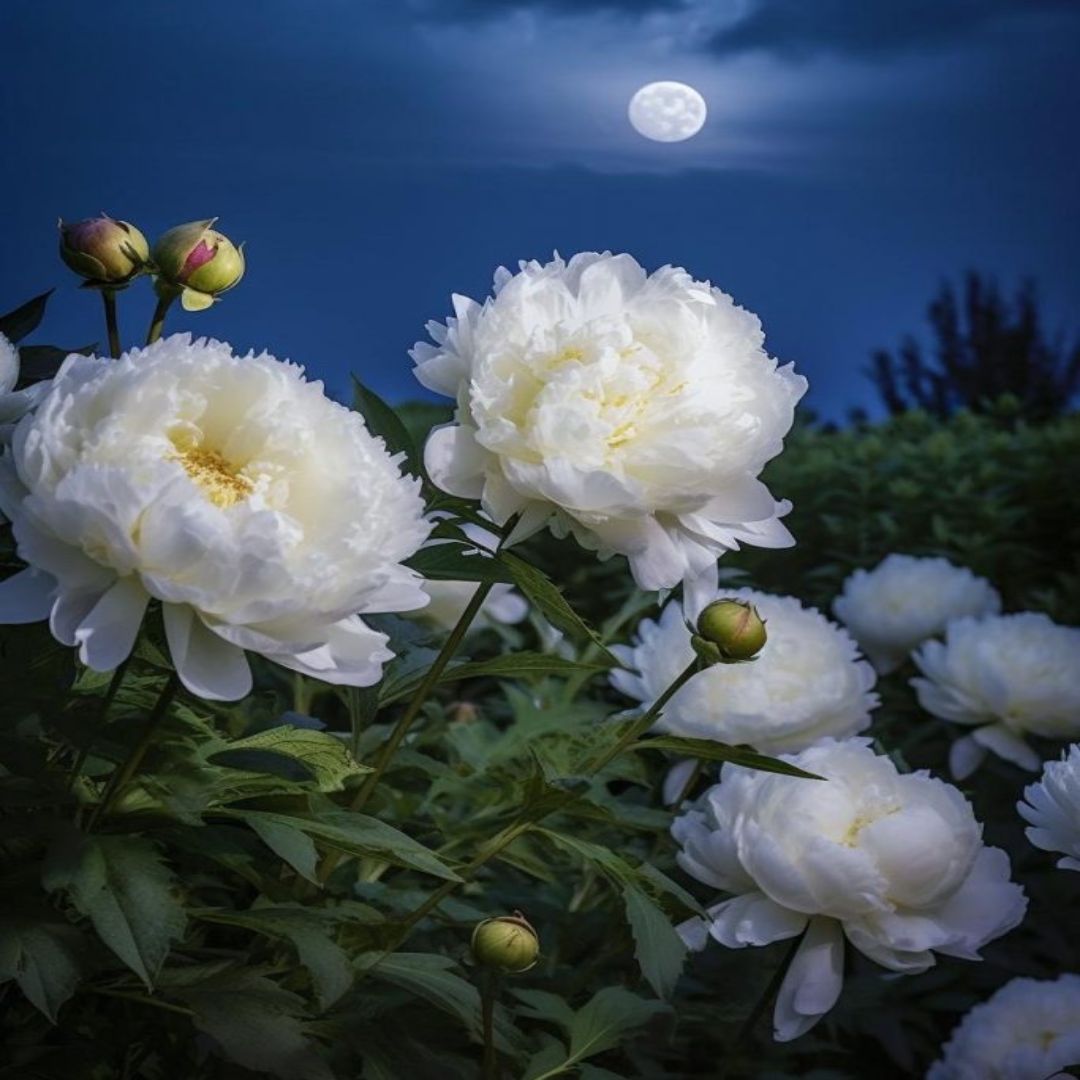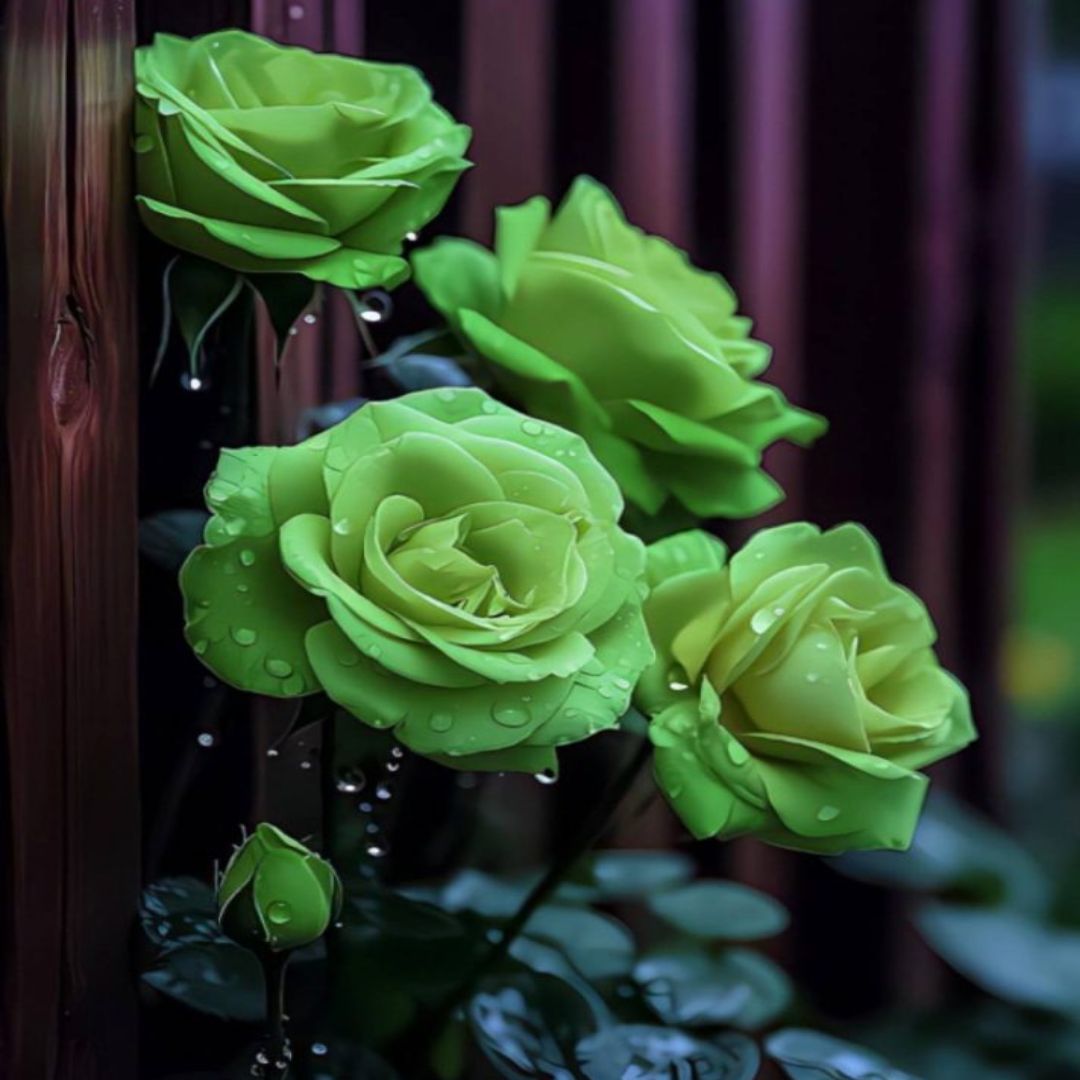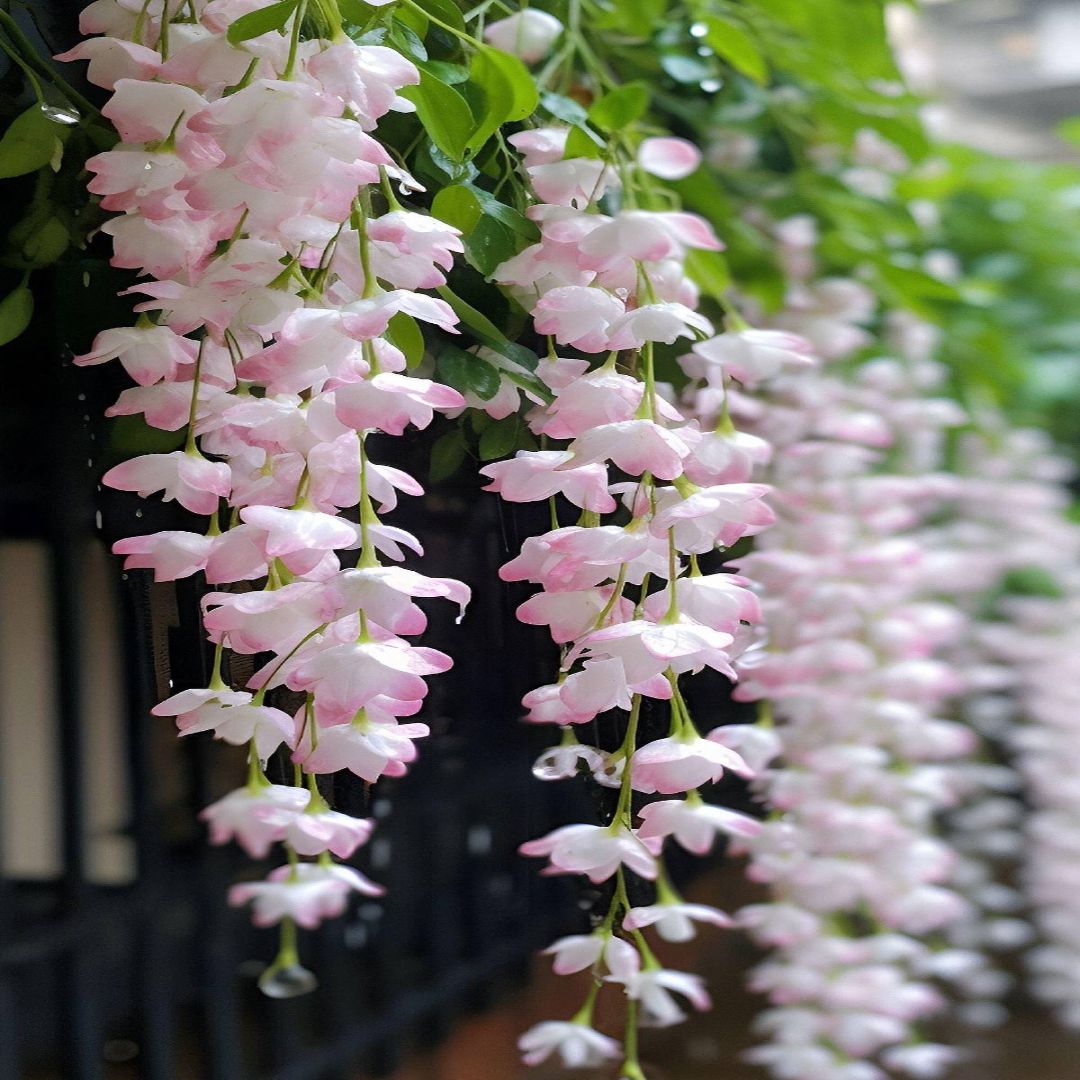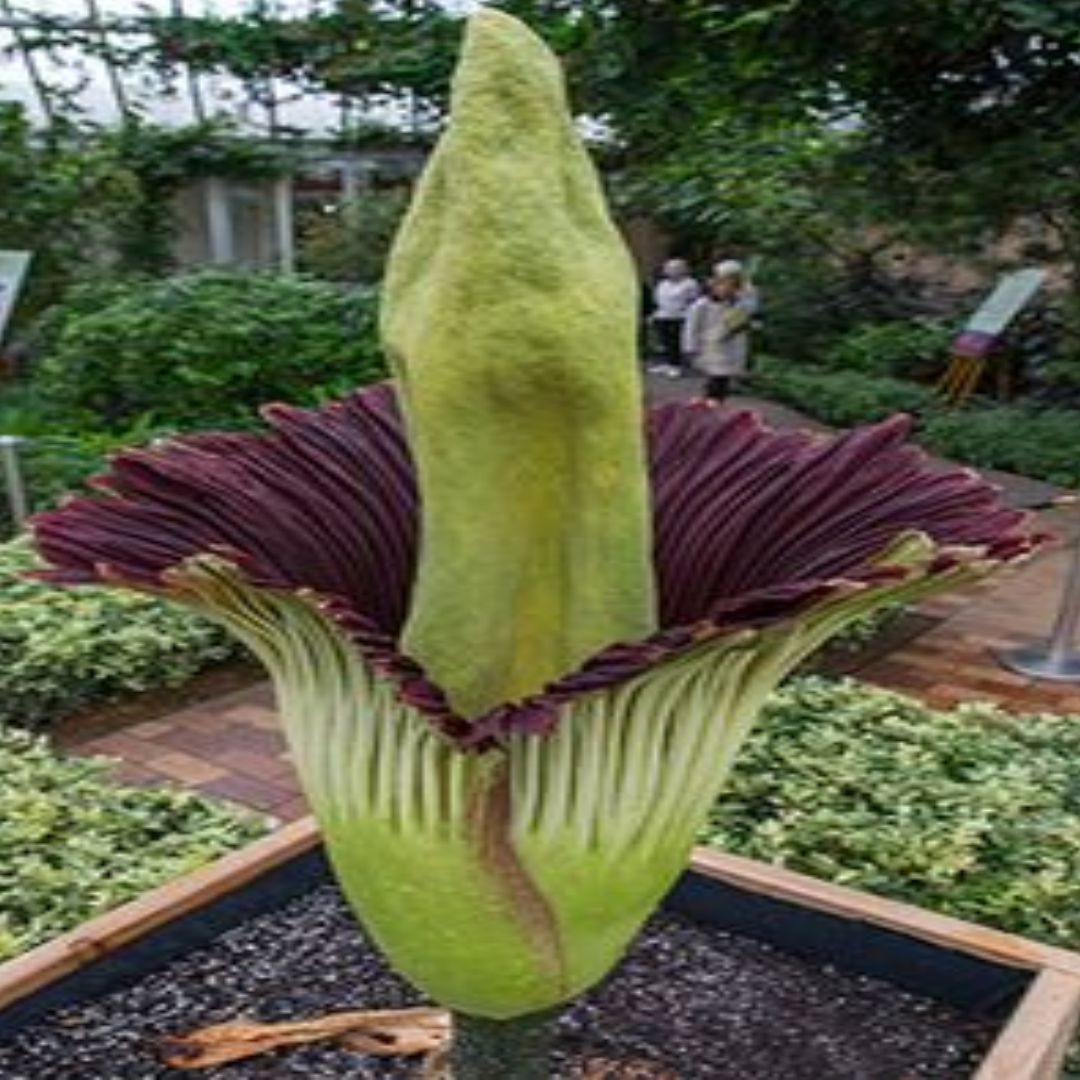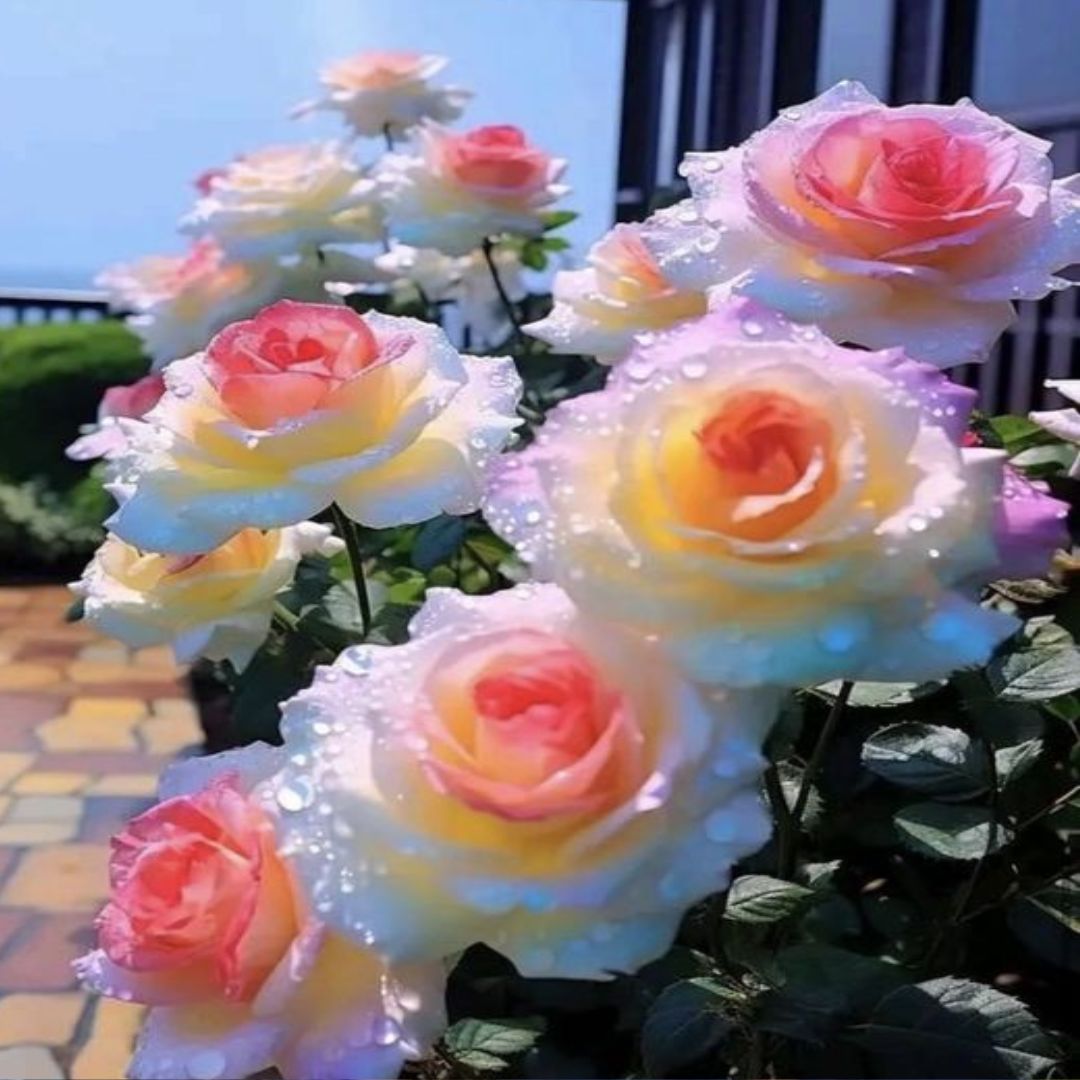Although it is a short-lived perennial in very warm climates, Calibrachoa is grown almost everywhere as an annual. The plant is not hard to care for, but paying attention to its needs will keep it blooming from spring well into fall. While it can be planted in garden beds, the plant fares much better in containers.
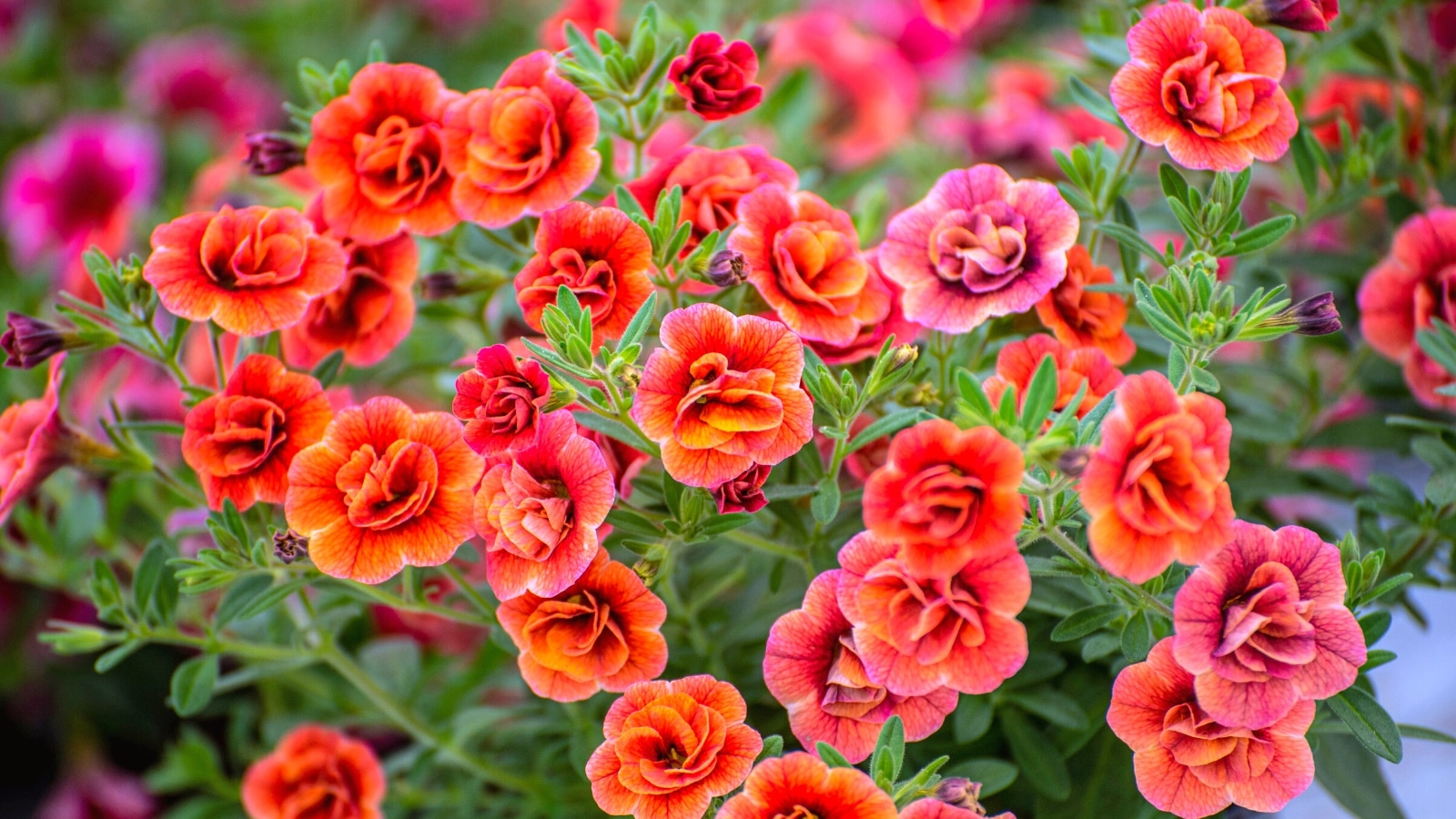
This is considered a “self-cleaning” plant, meaning it doesn’t need to be deadheaded to keep blooming; however, it will benefit from a serious cutting back toward the end of summer, along with a boost of fertilizer to reenergize the plant. Deer don’t seem very interested in Calibrachoa, although it is not classified as deer-resistant.
LightThe plant blooms best with at least six hours of full sun, but it can tolerate partial shade—especially in warmer areas, where plants that get some shade are likelier to survive through the summer months. Insufficient sun exposure typically results in reduced blooming.
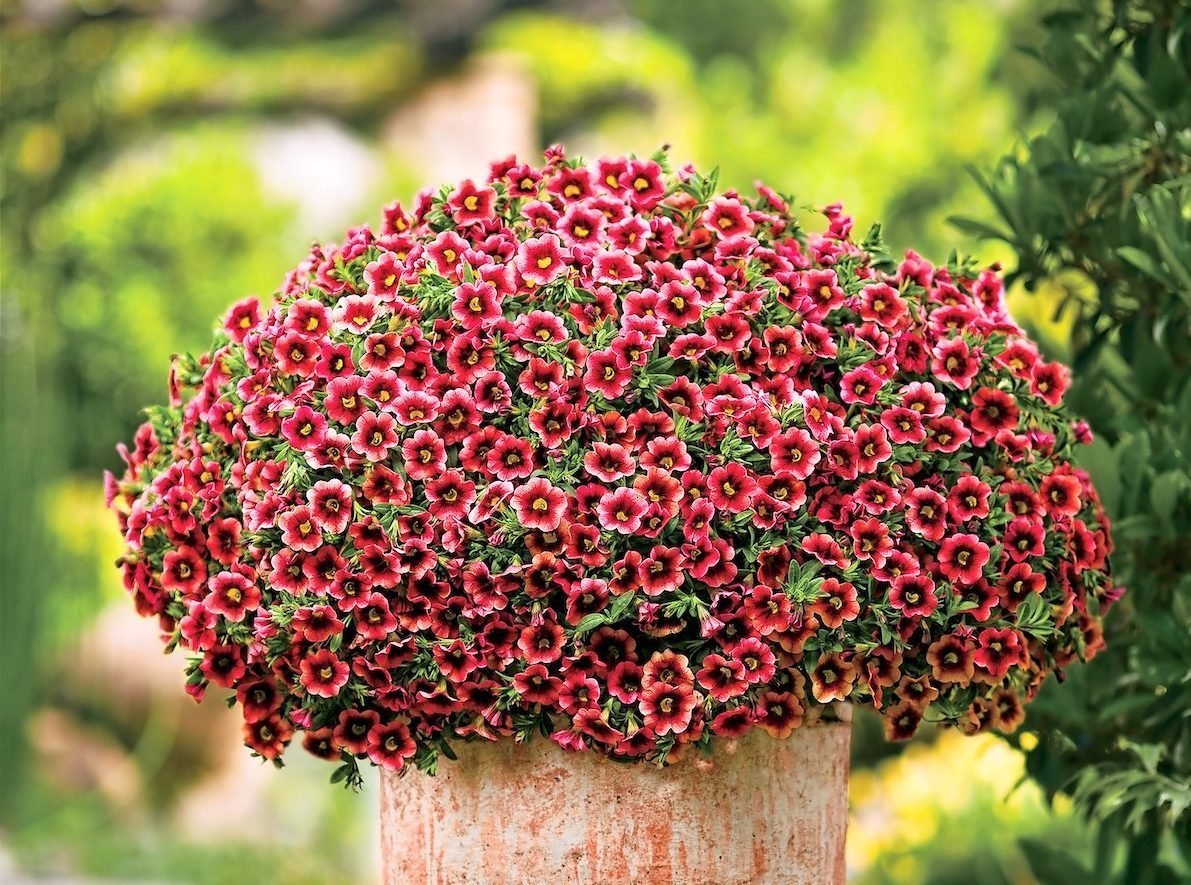
SoilCalibrachoa likes fast-draining potting soil, so make sure your pot has good drainage. When planting in garden beds, amend with organic material to ensure richness, and make sure the soil drains well. Mulch is recommended to keep the soil moist and the root system cool.
WaterCalibrachoa needs to be kept well hydrated but not water-logged. Add water only after the top inch or so of the soil dries out. To check if your plant needs water, stick your finger into the soil up to the second knuckle. If the soil feels dry at your fingertip, water deeply until it drains out of the bottom of your pot. Don’t water again until the soil dries out again.
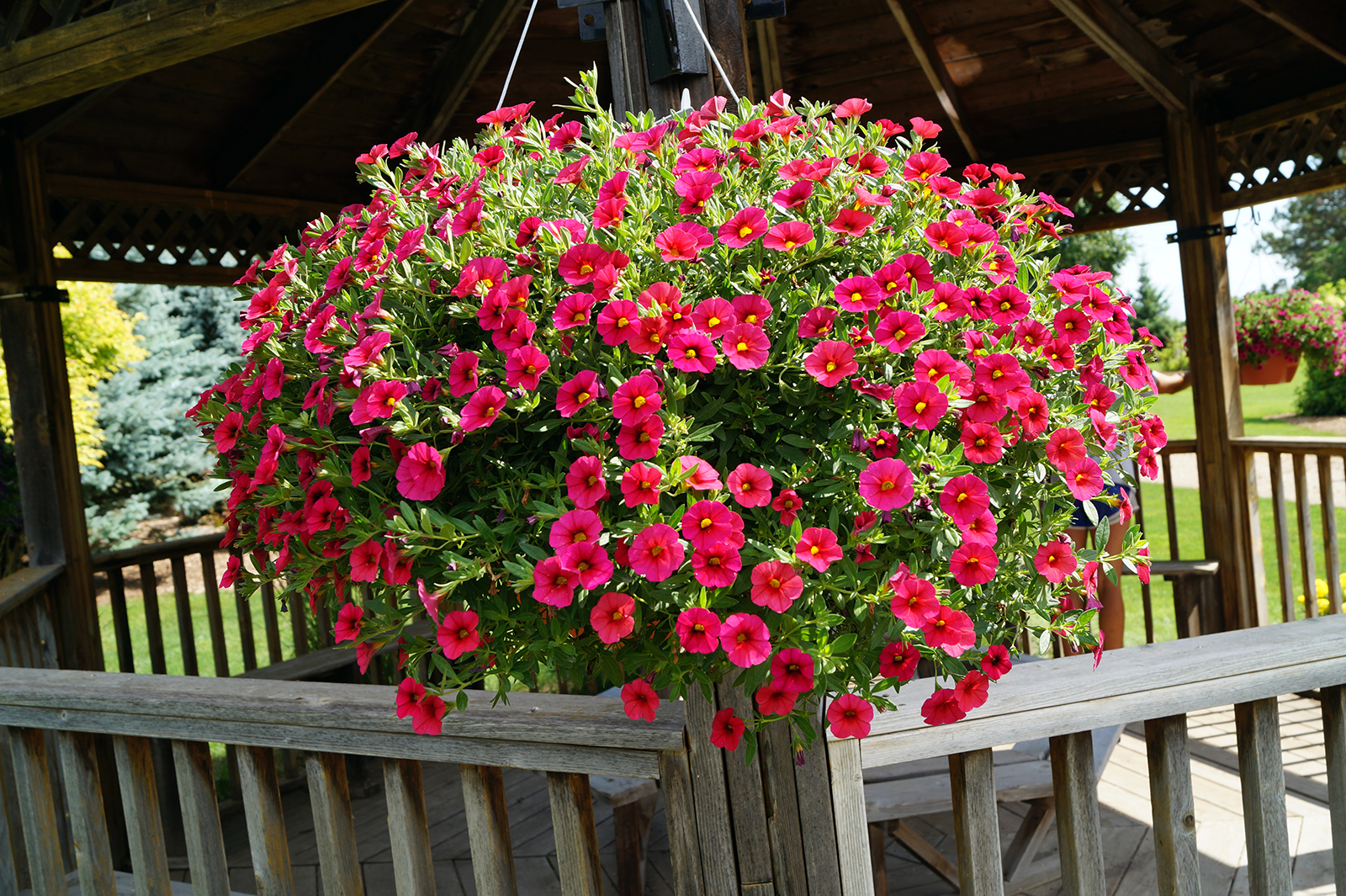
Heat, wind, and lack of humidity can cause your soil to dry out quickly. Depending on your conditions, you may have to water as often as twice a day. Check the soil frequently, especially at the beginning of the season, until you get to know your plant’s needs; watering requirements may change as the summer heats up. Take care not to overwater the plant, as this can encourage root rot.
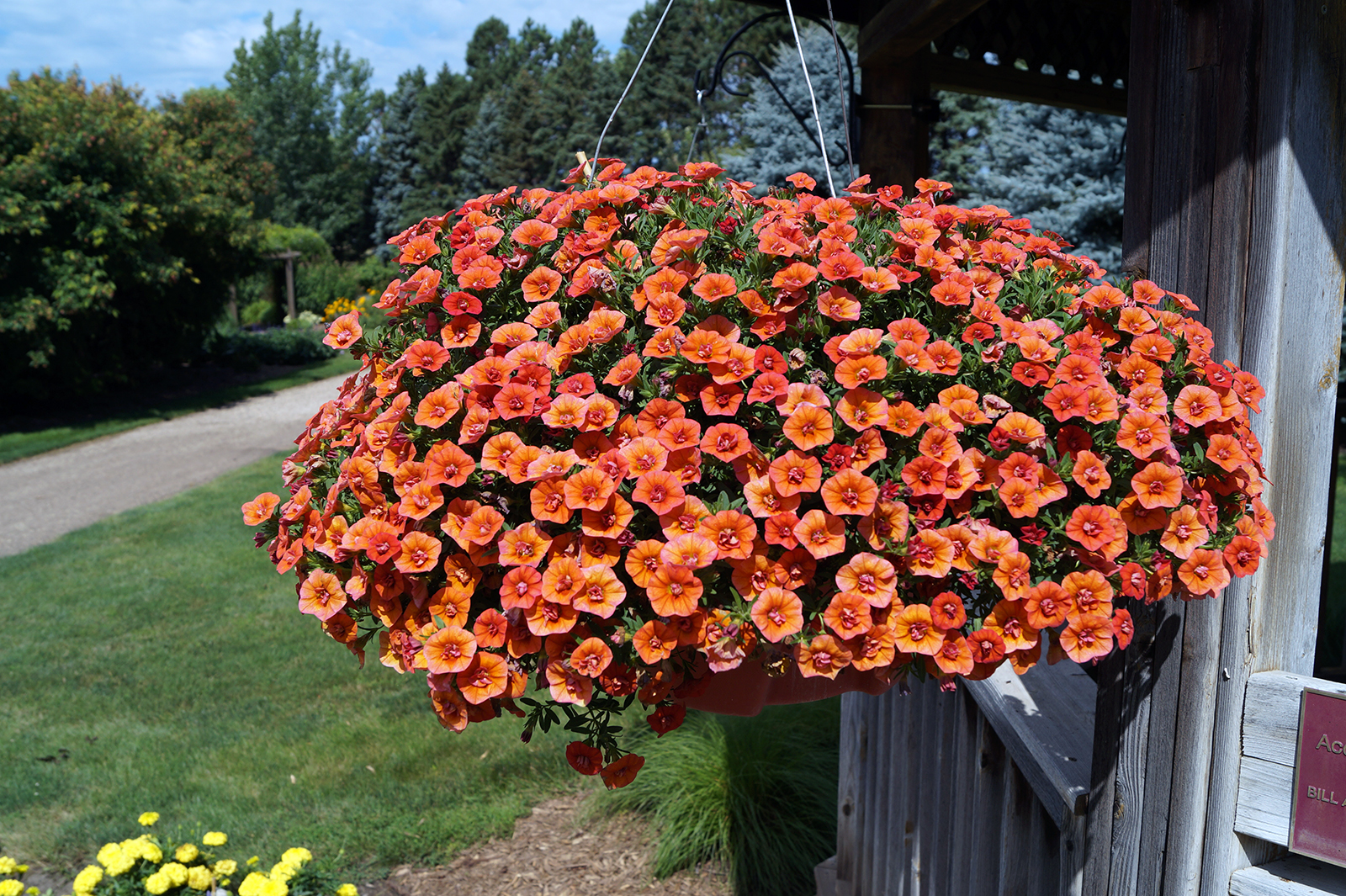
Temperature and HumidityThe plant is pretty drought- and heat-tolerant, and even cold-tolerant, but to get the best blooms, don’t let it dry out repeatedly. It prefers temperatures between 55 and 65 degrees Fahrenheit. A hardened-off plant can be brought outdoors in the spring months, and it can tolerate a mild frost. At the other end of the spectrum, hot weather and dryness can be stressful to the plant. You can revive wilted foliage with a daily misting, but be careful not to mist in direct sun, as this can burn the leaves.
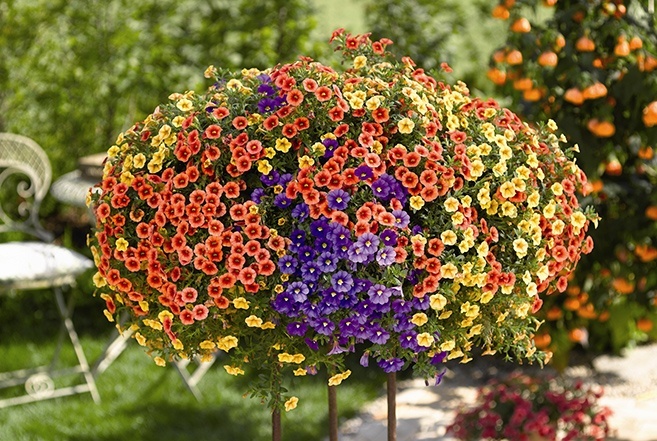
FertilizerThis plant is a heavy feeder that can be fed with a slow-release fertilizer at plantingand/or a diluted liquid fertilizer regularly. For example, you can start with an organic, slow-release fertilizer mixed into your potting medium, and then give the plant a diluted liquid every couple of weeks throughout the season. Feeding is particularly necessary near the end of the season to promote late blooms. Be careful not to over-fertilize—follow the directions on the label of the plant food closely. Leaves turning light green or yellowish is a sign that the plant needs fertilizer, or possibly more sun.
Types of CalibrachoaThere are 28 different species in the Calibrachoa genus, but those used for garden cultivation are generally complicated hybrids derived from crossing various species. There are dozens of varieties of Calibrachoa available in a vast array of colors, including:Try to find a stem that has small buds but no flowers on it. Using a clean, sharp cutting tool, cut off the stem at least 6 inches from the tip, then remove any lower leaves.Place your cuttings in an equal mix of half potting soil and half peat moss. Water well.Set the pot under bright light, and keep the cuttings moist and warm (about 70 degrees Fahrenheit). Roots should begin to develop within a couple of weeks.






